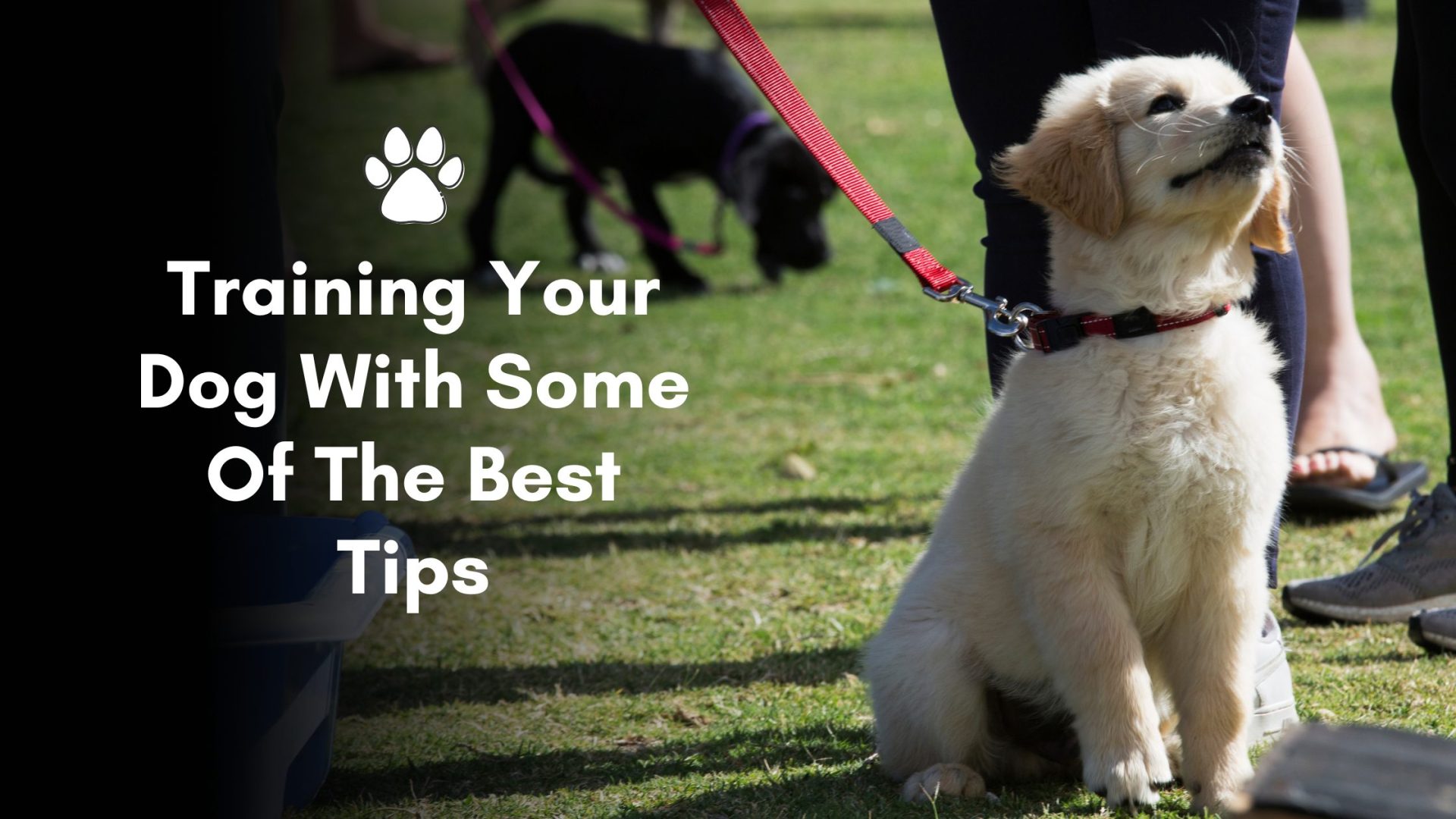Training plays an imperative role in shaping a dog’s behaviour, and it is also one of the most enjoyable ways to create a lifelong connection with your pet. For first-time dog owners, training can feel overwhelming; however, when you break it down into manageable steps, dog obedience training becomes not only effective but also rewarding.
Beyond teaching your four-legged companion discipline, it also nurtures a deeper emotional connection and mutual understanding. What’s more, if you want your furry friend to walk off-leash and socialise with your friends and family, all you need is a well-trained canine.
Let’s not forget that dogs are naturally intelligent animals, and structured learning helps keep their mind active and prevents boredom. To get the most out of a training session, here are some effective tips that can make the process fun and stress-free for both of you!
Key To Success Is Consistency
By far, one of the most crucial elements of dog training is consistency. Dogs respond best when the commands and rules are clear. For example, using the same word for a command—like “sit”—helps avoid confusion. Moreover, it’s equally important that everyone in the household follows the same guidelines. If one person says “sit” and another uses the word “off”, it may confuse your furry friend and delay the learning process.
Rewarding Your Pet’s Good Behaviour
Do not assume your dog works for free! They may enjoy your company, but expecting them to follow your commands purely out of loyalty is unrealistic. Fur babies need motivation to stay engaged, and that comes from being rewarded immediately.
Whether it’s a small treat, their favourite toy, or enthusiastic praise, positive reinforcement helps your dog understand they have made the right choice. On the other hand, if you fail to reward them, they may seek their own fun, like ignoring cues, chasing squirrels, or pulling on the leash, making morning walks a tug-of-war. Additionally, these little incentives are crucial elements of dog obedience training, setting a foundation for a happy and well-mannered companion.
Be Patient with Them, They are Learning a New Language
Training doesn’t only mean they are learning commands, it also signifies they are comprehending a whole new form of communication. While dogs are quick to read body language and facial expressions, spoken cues like ‘sit’ or ‘quiet’ mean nothing to them until they’re taught what those sounds represent.
Helping them learn a foreign language is not a cakewalk; it requires patience, consistency, and repetition. Instead, yelling “no” when they bark at someone may confuse them or, in some cases, excite them. Try calmly teaching them “quiet” and rewarding them immediately when they respond correctly. Over time, dogs understand the association of words and gestures with specific actions.
Break Training Into Manageable Steps
Another effective way to shape your dog’s behaviour is by breaking training into bite-sized steps. And to achieve enduring results, it’s pivotal not to rush the process. For instance, if you are teaching the “come” command, it’s best to start by praising and rewarding your pup even if they have taken a single step in your direction.
The process of breaking the training process not only builds confidence in the dog but also lays a strong foundation for lasting obedience. Every small step adds up to their learning and inspires them to go further. With time, your furry friend will master even more complex commands like “stay” with enthusiasm, as the journey is rewarding!
Make Training Enjoyable and Fun
Training should never feel like a chore for you or your dog. To get the most impactful results, make it enjoyable as the dog thrives on positive energy. Try adding fun tricks or play breaks between sessions. A happy canine is a quick learner.
Socialise Your Dog Early
Introducing your canine to new people, places, and other animals from a young age makes sense as it helps them develop confidence and good manners. And if you go by the words of experts, proper socialisation reduces fear and aggression, making walks and visits more fun for both your pup and everyone around.
Final Words
Indisputably, training goes beyond commands like sit or stay- it plays a crucial role in building confidence, strengthening your bond, and ensuring your pooch’s safety and happiness through mental stimulation.
While many pet parents usually start the pet training at home, having a professional trainer can indeed accelerate progress and bring remarkable results. For dog training in Singapore, connect with our team of experts.

